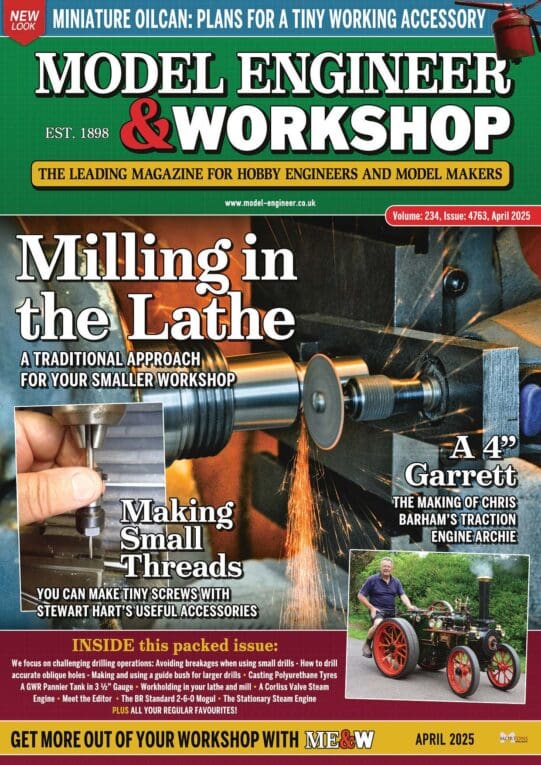If you are a newbie, try to buy at least one of the books on lathework, by folk such as Stan Bray, Harold Hall, or others.
The basic principle are the same for most lathes; it is just the detail that changes from model to model.
LH Sparey’s “The Amateur’s Lathe” mostly illustrates the Myford 7 Series, but gives the basic principles.
Ian Bradley’s “The Amateurr’s Workshop” covers “levelling” a lathe, among many other things.
David Clark, Dave Fenner and Neil Wyatt have all written books specifically about the mini lathe.
Level.
The sensitivity is determined by the radius of the vial, so not really capable of being “calibrated”. It is what it is!
The technique in setting up a level is to adjust it so that when on a surface (Ideally level; or very close to it) the reading is the same when the level is rotated, end for end by 180 degrees.
If, the reading is the same, say, one division, when facing either way, the level is “level”, i. e. Zeroed, and will show level when placed on a truly level surface. (I was lucky in being able to use a surface table in the Standards Room, to adjust mine).
Although we talk of “levelling” a lathe, mostly, what we are really aiming for is to adjust the fixings of the feet so that there is no twist in the bed; to prevent work being tapered when turning.
Tailstock Alignment
When turning between centres, if the Tailstock centre is not properly aligned with the Headstock centre, the work will be tapered. (Sometimes, Tailstock offset is deliberately used to produce a taper. But most of the time we want between centres work to be turned parallel)
The bed should be free of twist before trying to check and adjust Tailstock alignment.
There should be screws that allow the body of the Tailstock to be adjusted, relative to the base, to bring the centres into line. Often, an alignment bar is used, between centres, and DTI set at centre height, on the Saddle or in the Toolpost, moved to and fro, along the bed, and the screws adjusred, (And locked against each other) until the DTI reading shows no variation when moved from Headstock to Tailstock).
Some lathes, such as the C1 do not have the adjusting screws. When the Tailstock is removed, there is a screw which clamps the Tailstock to the Base. This should be nipped up enough to prevent easy movement, and the Tailstock replaced, and the Base clamped in place on the lathe bed.
The Tailstock body then needs to be adjusted, until the DTI shows no variation, by using something like a G cranp to adjust, or very careful rapping with a mallet. Parience is a virtue here!
Once “Zeroed”, the Tailstock should be removed and the clamp screw tightened fully, before replacing and rechecking the alignment.
The Tailstock centre should be hardened (Because it is stationary, whole the work is rotating, with gease applied for lubrication.
The Headstock centre will be soft, so if need be, it can be skimmed up by offsetting the Top Slide, (30 degrees, to provide a 60 degree centre).
FWIW, my advice, once you have the lathe set up, is to practice. Then start by making simple tools and accessories, A Tap Wrench, then a Centre Height Gauge (This will save you time when putting tools into the toolpost. PM me if you want to know how to make one and set it to Centre Height)
Then, perhaps, you can make a Tailstock Sliding Die Holder (I cheated and bought a set of Die Holders, but made the body and arbor) You can use a drill chuck sliding on the same arbor to hold Taps.
Basic tools, but usefdul and for gaining experience and confidence. We all had to start from the beiginning, once.
Howard
old mart.











